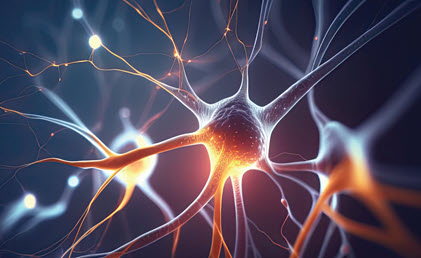Check out the helpful sequencing advice.
Pain management can be tough for primary care coders. With so many codes to choose from, it’s rarely obvious which ICD-10 code best describes the patients’ pain. However, knowing where to look and what to look for will help you cut through the confusion.
The lowdown: When you have to submit ICD-10 codes for your patient’s pain, there’s a specific code set you need to go to for pain diagnoses. The devil is in the details, however, as category G89 (Pain, not elsewhere classified) has many options to choose from. The exact code you use will depend on the status of the patient’s condition, as well as the duration and cause of the pain. Landing on the correct ICD-10 code every time hinges on you knowing all three of these components.
If you’re not sure where to begin, help is here. We asked Jessica Miller, MHA, CPC, operations manager at MediCodio Inc in Denver, how to best navigate the G89 pain diagnosis codes. Read on for what she had to say.

Look to These Codes in G89
When you are zeroing in on a G89 pain diagnosis, you’ll choose from one of the following subcategories, Miller explains:
Breakdown: Central pain syndrome is diagnosed when a patient has chronic pain caused by damage or malfunction in the central nervous system. Acute pain develops suddenly and is of limited duration, whereas chronic pain is “pain that lasts at least 12 weeks. It’s one of the most common symptoms given for seeking treatment,” according to Miller. Chronic pain syndrome specifically refers to long-lasting pain that is resistant to treatment.
Note: While some chronic pain and treatment-resistant pain is usually treated by a pain management specialist, it’s not uncommon for primary care practitioners (PCP) to be the regular point of contact for maintenance and follow-up.
Remember, too, that pain codes “can be used in conjunction with codes from [other] categories and chapters to provide more detail about acute or chronic pain and neoplasm-related pain,” says Miller.
Know When Not to Use G89
There are instances where the patient is certainly suffering pain, but you’ll still leave the G89 ICD-10 code off the claim. “If the pain is not specified as acute or chronic, post-thoracotomy, postprocedural, or neoplasm-related, do not assign codes from category G89,” Miller explains.
She adds, “Also, a code from G89 should not be assigned if the underlying — definitive — diagnosis is known, unless the reason for the encounter is pain control/management and not management of the underlying condition.”
Use G89 As Code Also in These Scenarios
Codes from G89 may be used in conjunction with codes that identify the site of pain if they provide additional information. For example, if the code describes the site of the pain but does not fully describe whether the pain is acute or chronic, then both codes should be assigned. “In this instance, the documentation must specifically state acute, chronic, central pain syndrome, or chronic pain syndrome,” reminds Miller. That’s why “it is important to work with your provider to ensure that they provide you with the detailed information needed to code,” advises Chelle Johnson, CPMA, CPC, CPCO, CPPM, CEMC, AAPC Fellow, billing/credentialing/ auditing/coding coordinator at County of Stanislaus Health Services Agency in Modesto, California.
Payers take documentation of these conditions seriously. The pain must be specifically documented as “chronic” to assign code G89.2-. To assign code G89.4, the documentation must specifically state either “chronic pain syndrome” or “chronic pain associated with significant psychosocial dysfunction.” Similarly, “central pain syndrome” is a diagnosis and must be specifically documented to assign code G89.0.
Be Careful When Sequencing G89 Codes
Sequencing of G89 codes with site-specific pain codes is dependent on the circumstances of the encounter. Follow these code sequencing instructions:

Examples Highlight Proper G89 Use
Check out these examples:
Do This When Payers Don’t Recognize G89
There are still some local coverage determinations (LCDs) that don’t recognize G89 codes as primary diagnoses, even when the rules call for it to be coded first. In these instances, Miller says you should do what the LCD requires. “Use the code which does meet LCD guidelines as the first-listed code and add G89.- as a secondary code,” she adds.
